Sirion Vittayakorn
When was that made?
Aug 12, 2016
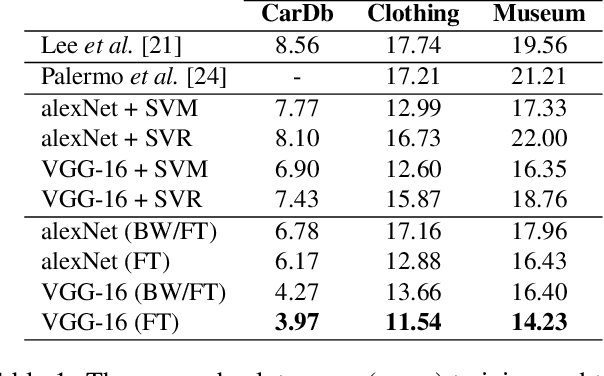
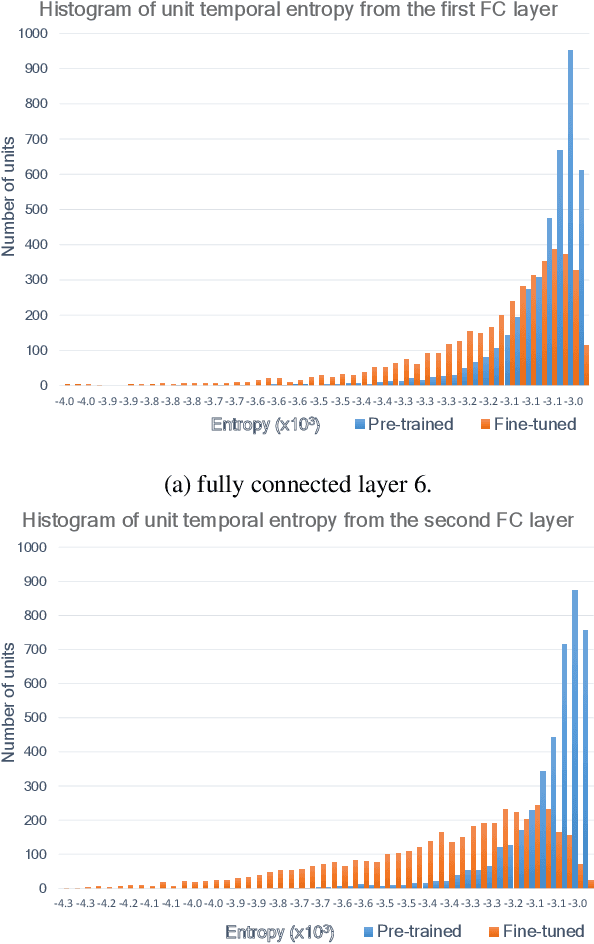

Abstract:In this paper, we explore deep learning methods for estimating when objects were made. Automatic methods for this task could potentially be useful for historians, collectors, or any individual interested in estimating when their artifact was created. Direct applications include large-scale data organization or retrieval. Toward this goal, we utilize features from existing deep networks and also fine-tune new networks for temporal estimation. In addition, we create two new datasets of 67,771 dated clothing items from Flickr and museum collections. Our method outperforms both a color-based baseline and previous state of the art methods for temporal estimation. We also provide several analyses of what our networks have learned, and demonstrate applications to identifying temporal inspiration in fashion collections.
Automatic Attribute Discovery with Neural Activations
Jul 25, 2016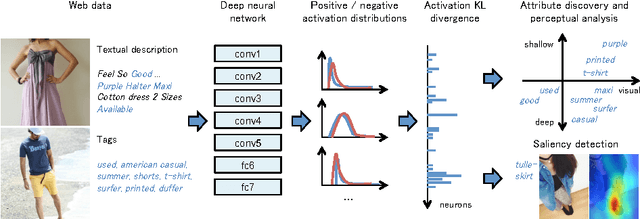
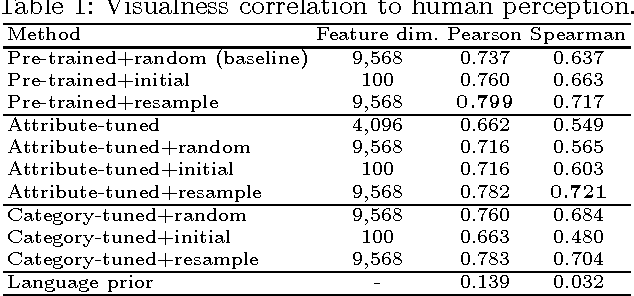

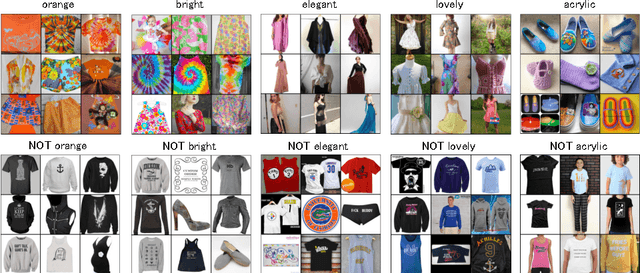
Abstract:How can a machine learn to recognize visual attributes emerging out of online community without a definitive supervised dataset? This paper proposes an automatic approach to discover and analyze visual attributes from a noisy collection of image-text data on the Web. Our approach is based on the relationship between attributes and neural activations in the deep network. We characterize the visual property of the attribute word as a divergence within weakly-annotated set of images. We show that the neural activations are useful for discovering and learning a classifier that well agrees with human perception from the noisy real-world Web data. The empirical study suggests the layered structure of the deep neural networks also gives us insights into the perceptual depth of the given word. Finally, we demonstrate that we can utilize highly-activating neurons for finding semantically relevant regions.
 Add to Chrome
Add to Chrome Add to Firefox
Add to Firefox Add to Edge
Add to Edge